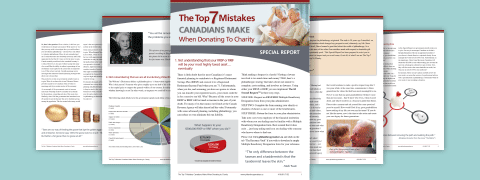Blog
SEPTEMBER 2023
Uncharitable
"Charities spend too much on overhead!” ... we all hear this phrase often. It’s also continuously reinforced by media and sometimes, so much so, that it is most likely the first thing individuals ask when they’re considering donating to those causes that are meaningful to them.
Dan Pallotta published the book, “UnCharitable” to specifically address a number of misconceptions that many donors labour under including overhead metrics that are often meaningless, and sometimes even fraudulent, ways to compare efficiencies between nonprofit organizations. Pallotta went on to give one of the most highly viewed TED Talks where he clearly articulated how charities are rewarded more for how little they spend … rather than for what they get done! As he says, “The next time you are looking at a charity, don’t ask about the rate of their overhead, ask about the scale of their dreams”.
On September 22nd the feature length documentary, “UnCharitable”, will be released at movie theatres across North America. (I was fortunate to have had the opportunity to watch a pre-screening earlier this month.) If you have ever donated to charity, or plan to do so in the future, I strongly recommend that you make the time to watch this hard hitting film. I guarantee it will change how you choose to invest your charitable dollars. For more information about the movie (and where to watch it), please go to the website. In the meantime, I encourage you to check out the trailer for the movie.
Thank you.
“You want to make $50 million dollars selling violent video games to kids, go for it. We'll put you on the cover of ‘Wired’ magazine. But you want to make half a million dollars trying to cure kids of malaria, and you're considered a parasite yourself.”
Dan Pallotta

